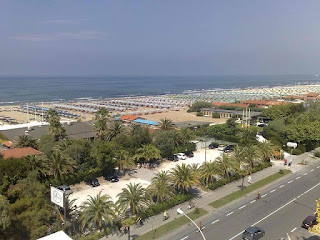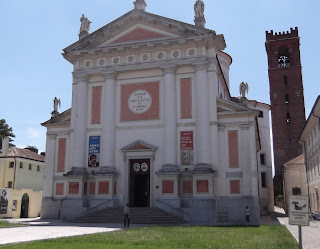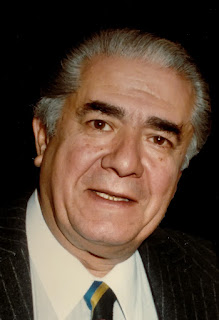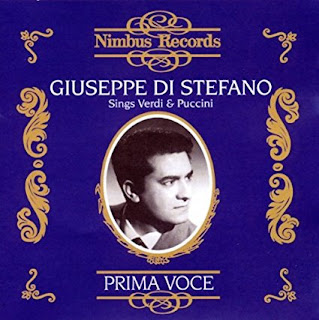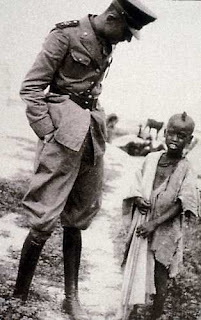Wealthy Roman who found expectations hard to bear
 |
| Musso at the wheel of his Ferrari Formula One car |
Luigi Musso, who for a period of his life was Italy’s top
racing driver, was born on this day in 1924 in Rome.
Musso competed six times for the world drivers’
championship, three times for Maserati and three times for Ferrari. His
finished third in the 1957 season, driving for Ferrari.
His solitary Formula One Grand Prix victory came in 1956 in
Argentina, although he had to content himself with a half-share of the points
after being forced to hand over his car to Juan Fangio, the local hero and
Ferrari team leader, after 29 of the 98 laps, when Fangio’s car failed.
Sadly, two years later he was killed in an accident at the
French Grand Prix in Reims, which his girlfriend, Fiamma Breschi, blamed on the
ferocity of his rivalry with his fellow Ferrari drivers Mike Hawthorn and Peter
Collins.
Born into a wealthy Roman family – his father was a diplomat
– Musso grew up in a luxurious palazzo off the Via Veneto. He acquired his love
of cars from his brothers, who were also racing drivers.
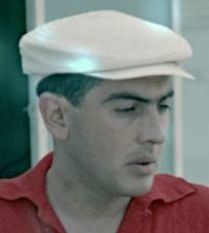 |
| Luigi Musso was the wealthy son of a Roman diplomat |
He began to compete in 1950 in a car he bought himself, a
750cc Giannini sports car. He made an inauspicious start, his first race ending
when he left the track and collided with a statue of the national hero,
Giuseppe Garibaldi.
But he soon began to enjoy success racing sports cars and
his talent was noted by Maserati, for whom he dominated the 1953 national
2000cc sports car championship. More success the following year, when he placed
highly in the two big endurance road races, the Mille Miglia and the Targa
Florio, as well as winning several smaller events, saw him named reserve driver
for Maserati’s Formula One team. In that capacity he finished second in the
Spanish Grand Prix in Barcelona.
He moved to Ferrari in 1956, a season which began with his
handover to Fangio in Buenos Aires and was interrupted by a major crash in Germany, in which Musso was lucky to escape with only a
broken arm.
When he returned for the Italian Grand Prix, the last race
on the calendar, he found himself facing a repeat of the first, when his team
asked him to surrender his car to Fangio.
This time, risking his Ferrari career, he refused, taking a gamble that
almost paid off. In the lead with four
laps remaining, he suffered a puncture and then steering problems and was
forced to quit, leaving Stirling Moss, in a Maserati, to win.
 |
| The pit lane at the Argentine Grand Prix of 1956, in which Musso, whose car is No 12, gained his only F1 win |
Musso was embarrassed. Yet far from attracting ignominy he
endeared himself to the Monza crowd, who appreciated his daring. Come the 1957 season he was firmly in the
spotlight, the Italian press loving the new rivalry between Musso and his fellow Italian, Eugenio
Castellotti.
When Castellotti suffered fatal injuries in a crash while
testing, Italian motor racing fans looked to Musso more than ever to deliver
success.
Yet he found the weight of expectation hard to bear. He was now the best Italian driver, built up by
the press as the heir to Alberto Ascari, the winner of back-to-back Formula One
world titles in 1952 and 1953 but who had himself been killed in an accident in
1955. The pressure on Musso to win races
became intense.
There were rumours of debts, the result of a gambling habit
that saw him lose large sums in the casinos. His personal life was in turmoil,
too, after leaving his wife and two children for Fiamma, a beautiful blonde.
And then there was the growing animosity between Musso and his Ferrari
teammates, Hawthorn and Collins, two close friends who had a deal to pool their
prize money and share it, from which Musso was excluded.
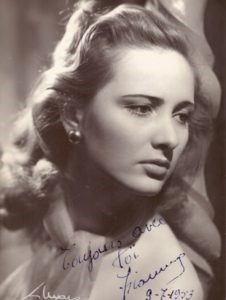 |
| Musso's girlfriend, Fiamma Breschi |
It all came to a head in the French Grand Prix at Reims in
July. Musso was second on the grid behind Hawthorn, having matched his
best-ever performance in practice. The race was the most lucrative on the
calendar and Musso was determined to win.
Hawthorn made a flying start and began to pull away from the
field. Musso felt he had no option but
to chase hard. He took more and more
risks until, on the 10th lap, he took one too many. Attempting to take a corner at 150mph, he was
unable to keep the car on the track and one of the wheels clipped the edge of a
ditch, sending it somersaulting into the air.
Musso was thrown from the car but suffered severe head
injuries. He was taken to hospital but
died later that evening.
Breschi later recalled that after spending several hours at
the hospital, doctors told her she should return to her hotel to rest. In the
car park of the hotel she says she saw Hawthorn and Collins laughing and
joking, playing football with a tin can, and hated them from that point
onwards.
 |
| The Excelsior Hotel is a landmark on the Via Veneto |
Travel tip:
The Via Vittorio Veneto, colloquially known as Via Veneto,
is one of the most elegant and expensive streets in Rome. The street is
named after the Battle of Vittorio Veneto (1918), a decisive Italian victory of the First World War. Federico Fellini's 1960 film La Dolce Vita was mostly centered on
the Via Veneto area. Its bars and restaurants attracted Hollywood stars such as
Audrey Hepburn, Anita Ekberg, Anna Magnani, Gary Cooper and Orson Welles as
well as writers Tennessee Williams and Jean Cocteau and the designer Coco
Chanel.
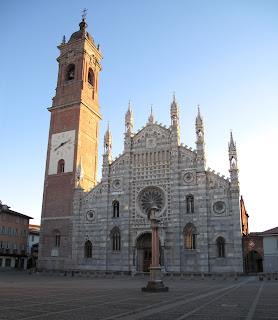 |
| Monza Cathedral with its marble facade |
Travel tip:
Although widely known for its Formula One track, Monza has other
attractions that tend to be overlooked. There is an elegant and stylish historical
centre, in which the cathedral, which originated in the sixth century and was
rebuilt in the 14th, featuring a marble façade in Romanesque style
with some Gothic adornments, and a bell tower added in 1606, stands out. Another feature is the vast Parco di Monza,
at 688 hectares one of the largest enclosed parks in Italy, which contains the
Royal Villa, built between 1771 and 1780 for Archduke Ferdinand of Austria.



